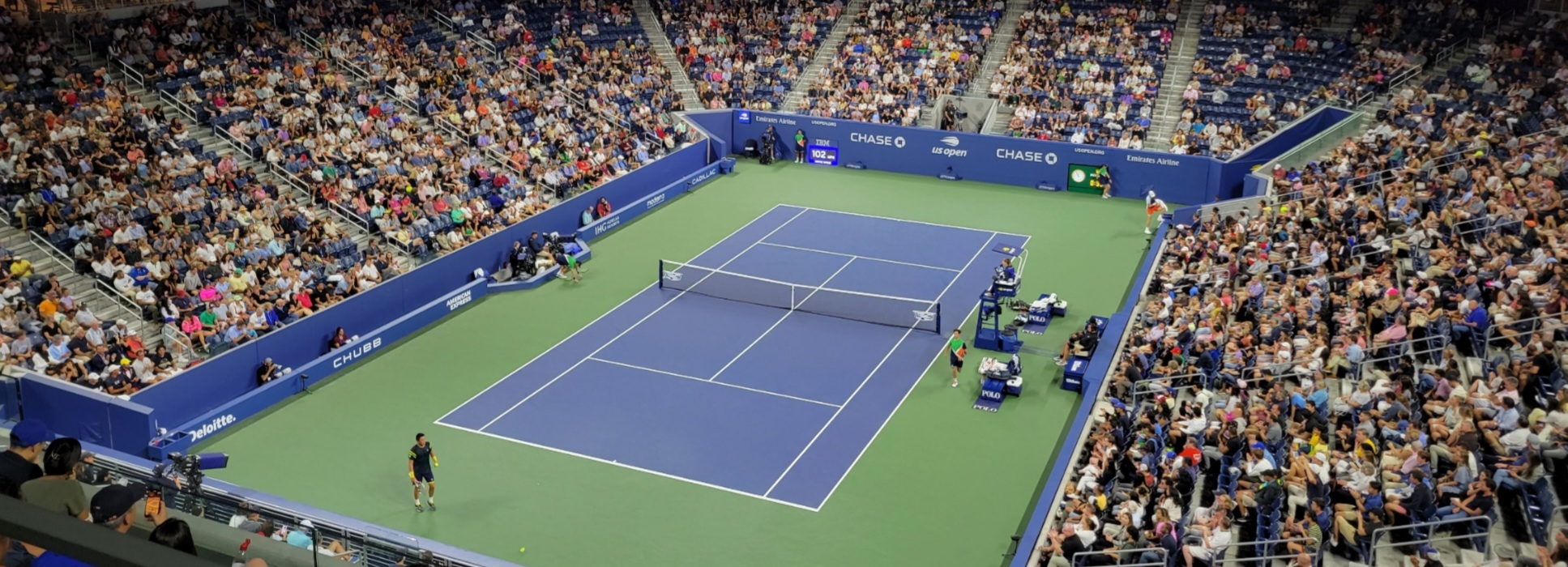
If executed properly, smashing in padel can change the course of the game and work in your advantage. Let’s examine the many padel smashes and their distinctive features:
A defensive smash that’s usually employed to keep control of the point is the bandeja. Using a sidearm motion, this shot combines slice and topspin to hit the ball. It gets its name from the Spanish word for “tray” because of the way it serves. The goal is to prevent opponents from having an easy return by keeping the ball low.
An offensive bandeja version is the vibora. Although it employs a similar method, the spin and speed are the main distinctions. More side and topspin is produced by the vibora, which makes the ball bounce erratically and harder for opponents to control. When used properly, it’s a deadly shot that compels opponents to make mistakes.
When the ball is straight above or just behind the player, this smash is used. In order to send the ball deep into the opponent’s court, a hooking motion is used to create topspin and power. For smashes near the net, El Gancho is very helpful because it keeps the ball low and quick.
A flat smash is a simple, strong stroke with little spin that is directed straight at the court of the opponent. When the ball is at a decent height and the player has the time to set it up precisely, this stroke works well. The goal of the flat smash is to win the point by using all of your strength and accuracy.
It takes a combination of technique, placement, and strategy to execute these smashes successfully. Placement and spin are just as important as power. The following advice can help you get better at padel smashes:
Positioning: Prior to hitting the smash, always aim to be in the best possible position. Anticipation and good footwork are essential.
Spin: Recognize how the ball’s trajectory and bounce are impacted by various spins. To add unpredictability to your smashes, use spin.
